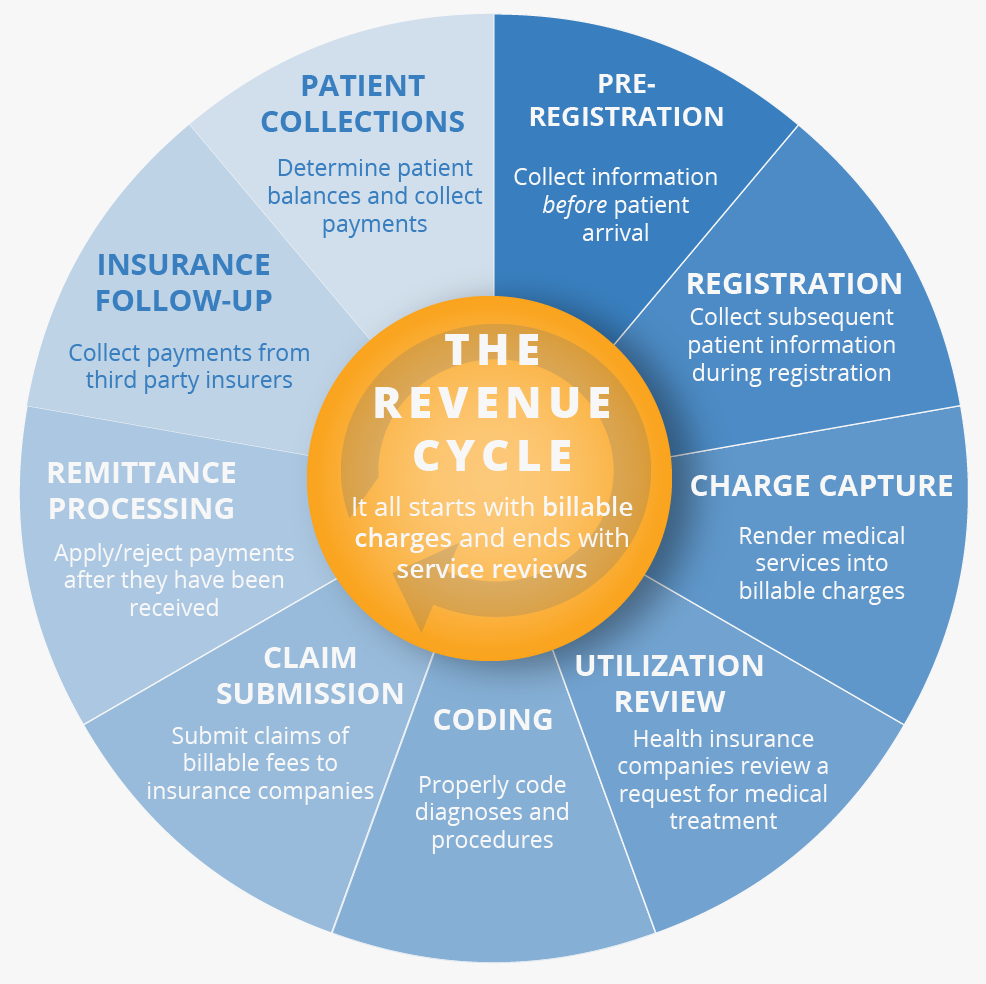


"The growth in patient financial responsibility has put health system operating margins under unprecedented pressure," he said. Robert Mittendorff, MD, partner with Norwest Venture, spoke positively of the investment. Strategic healthcare venture fund Ascension Ventures also participated. The company recently completed a major funding round led by venture capital firm Norwest Venture Partners. Reilly says with these things in mind VisitPay has drawn in new investors. "We think the conversation needs to be more than about usability but about consumer finance as well," he adds. "We believe that patients with moderate propensity to pay are a very large group of people, and if we can help those patients and as a result decrease bad debt for hospitals, that is the best benefit from VisitPay," says Will Reilly, the company's new vice president of client and consumer marketing. VisitPay's ultimate goal with the platform is "helping consumers and providers manage patient financial health with transparency, choice and control." With this help, the company argues hospitals and health systems can offer customized financing options at the individual patient level, decreasing bad debt and making patients more satisfied with their bill paying experiences. Founded by former executives from Capital One, patients use the platform to pay, manage and set up finance plans to deal with their bills. With these issues in mind, Boise, Idaho-based VisitPay, formerly iVinci Health, developed its cloud-based patient financial health platform. Sixteen percent indicated they could only cover between $100 and $200 using cash on-hand, 22 percent could cover an expense between $200 and $400, and 22 percent could cover an expense that's more than $400. Additionally, an annual consumer survey conducted by the Federal Reserve Board found 39 percent of respondents could only use cash on-hand to cover an unexpected medical expense of less than $100.

At the same time, patients are having greater difficulty covering these often unexpected and significant medical expenses.Ī Consumer Financial Protection Bureau survey showed more than a third of consumers reported financial hardship in the past year, including inability to pay medical bills. Hospitals and health systems are increasingly focused on patient collections as they seek to minimize bad debt in an environment where more is owed directly by patients due to high-deductible plans.

83 community hospital ceros to know | 2022.260+ healthcare revenue cycle management companies to know | 2022.50 chief digital officer innovators to know | 2022.75 black healthcare leaders to know| 2022.150 top places to work in healthcare | 2022.Past Issues - Becker's Clinical Leadership & Infection Control.Current Issue - Becker's Clinical Leadership & Infection Control.Becker's Cardiology + Heart Surgery Podcast.Becker's Ambulatory Surgery Centers Podcast.Becker’s Digital Health + Health IT Podcast.Dentristy - The Next Five Years Virtual Event.Women's + Diversity Leadership Virtual Forum.Becker's Health IT + Digital Health + RCM.Clinical Leadership & Infection Control.


 0 kommentar(er)
0 kommentar(er)
